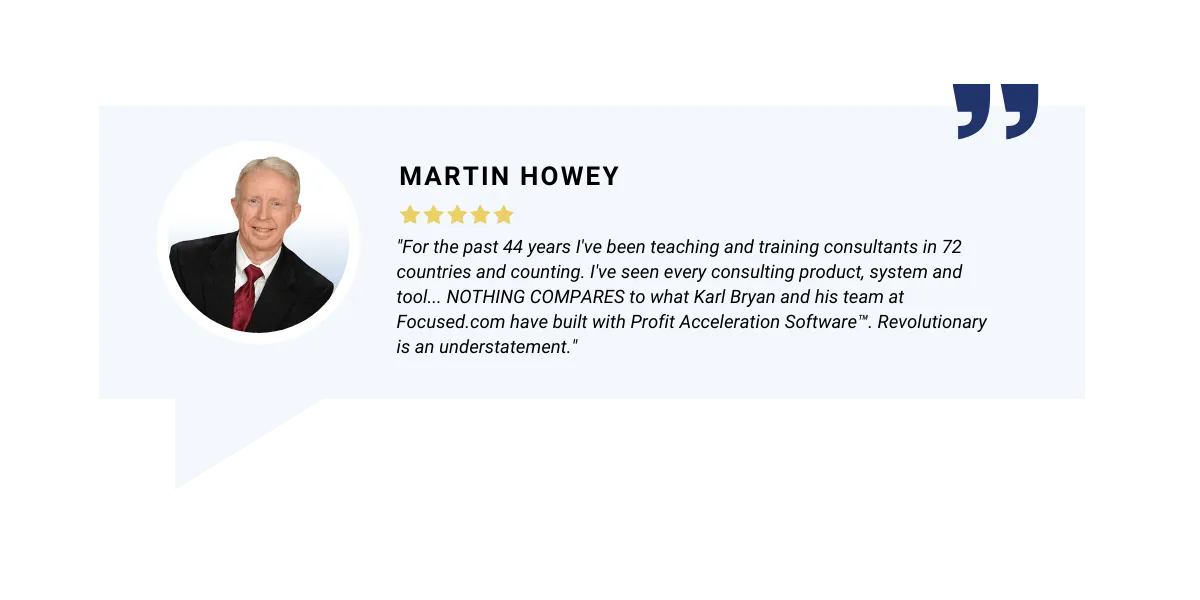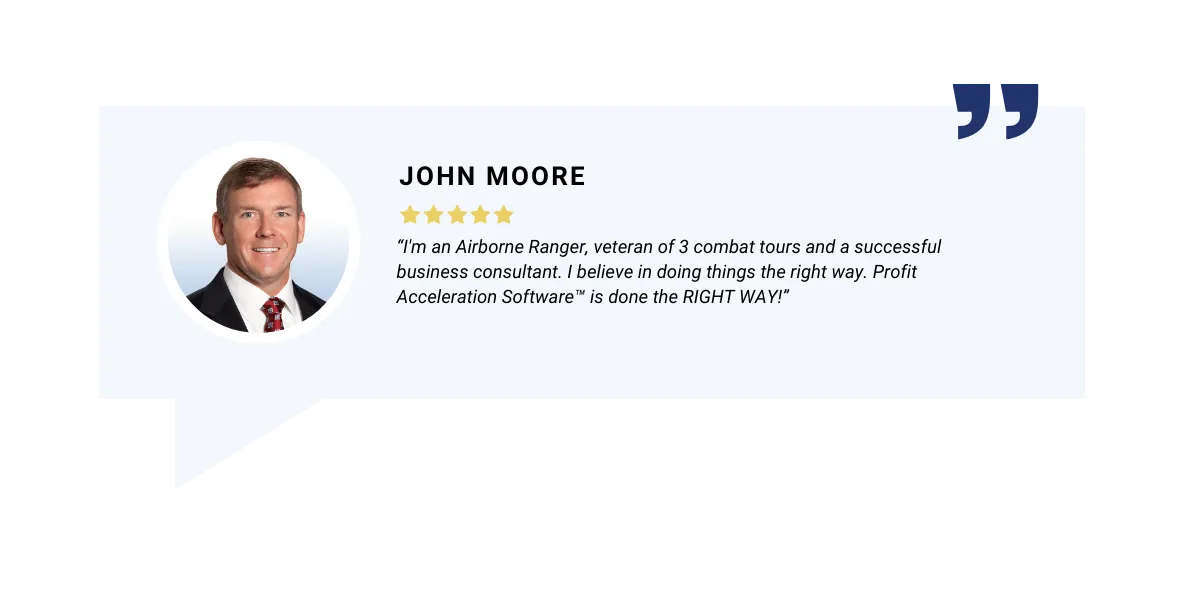
Why Marketing Isn’t About Creativity—It’s About Math
Most small business owners think marketing is about logos, colors, catchy phrases, and clever social media posts. They spend hours brainstorming taglines or tweaking the font on their website, hoping that if it just looks “professional enough,” the leads will come rolling in.
But that’s not how marketing works.
Great marketing isn’t about creativity—it’s about numbers. Specifically, it’s about knowing which numbers matter, how to track them, and how to adjust based on what they tell you.
Let’s talk about how to help your coaching clients shift from a “creative” mindset to a math-first marketing strategy that actually drives results.
Creativity Doesn’t Pay the Bills—Conversion Does
We’ve all seen the beautifully designed campaigns that flop. A high-budget commercial that goes viral… but doesn’t drive sales. A website that wins awards… but can’t convert traffic into customers.
Why? Because the campaign was built on art, not strategy.
Small business owners can’t afford to waste money on ads that “look good” but don’t convert. They need campaigns that are designed to interrupt, engage, educate, and offer something valuable—strategically and measurably.
That starts with knowing their numbers.
The Key Marketing Metrics Every Business Owner Needs to Know
Here are the numbers your clients need to track—and how to help them understand each one.
1. Cost Per Lead (CPL)
How much are they spending to acquire one lead? If they don’t know this number, they have no way to judge if their ads are working.
2. Cost Per Acquisition (CPA)
What’s the cost of turning a lead into a paying customer? This tells you if their marketing is profitable—or just noisy.
3. Average Customer Value (ACV)
How much does the average customer spend? If they can increase this number (through upsells, bundling, etc.), they can afford a higher CPL—and scale faster.
4. Return on Investment (ROI)
The most important number of all. For every $1 they spend, how much do they make back? If your client can’t tie their marketing back to this, they’re flying blind.
Branding vs. Direct Response: Know the Difference
One of the biggest traps small businesses fall into is copying big brands.
They see Nike or Apple run abstract commercials and assume that’s “how marketing is done.” But they’re forgetting that those brands have decades of market saturation, millions in budget, and emotional equity they’ve already earned.
Small business owners? They need results this month.
That’s why direct response marketing—marketing that is designed to drive a specific, trackable action—is the smartest path for them.
As a coach, help your clients focus on lead magnets, landing pages, follow-up campaigns, and offers that get clicks, calls, or conversions—not likes.
How to Make Data-Driven Marketing Decisions (Without Guesswork)
Start by helping your client review their current campaigns and map the numbers:
How many people saw it?
How many clicked or opted in?
How many bought?
What did it cost to get those results?
From there, coach them to test one element at a time—headline, call to action, offer format—and track the change.
The magic isn’t in the ad. It’s in the data.
Want to Make It Easier?
This is exactly why I use Profit Acceleration Software™ in my coaching. It gives you and your clients a way to:
Audit every part of their marketing system
See which levers (conversion, customer value, pricing) drive the most growth
Project ROI before they spend another dime on ads
It takes all the guesswork out of the process and replaces it with numbers, insight, and strategy.
Final Thoughts
Marketing isn’t magic. It’s math.
And when your clients understand how the numbers work, they stop wasting money on flashy campaigns—and start investing in strategies that consistently bring leads, clients, and profit.
Want to coach your clients with confidence and data? Book a strategy call and we’ll show you how Profit Acceleration Software™ makes marketing measurable—and profitable.






